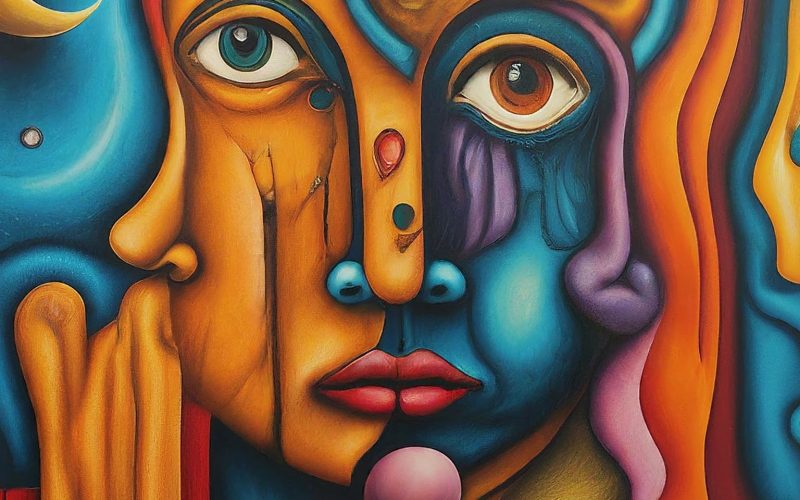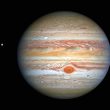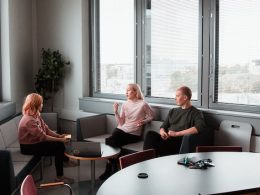About the Author:
Hey there, fellow curious minds! I’m Dr. Amelia Moore, a cognitive scientist with a passion for exploring the quirks and wonders of the human brain. Today, we’re diving into a phenomenon you’ve likely experienced yourself: seeing faces in everyday objects. Buckle up, because it’s about to get interesting!
Face Finders: The World of Pareidolia
Have you ever glanced at a cloud formation and sworn it looked like a grumpy old man? Or maybe a chipped teacup looked like it was giving you a surprised stare? If so, you’ve experienced a fascinating phenomenon called pareidolia (pronounced par-i-DOH-lee-a). It’s a human tendency to see familiar patterns, especially faces, in random or meaningless stimuli.
Imagine yourself walking down the street. A swirling knot of wood on a park bench catches your eye – for a fleeting moment, it transforms into a mischievous grin. Or perhaps a stain on the ceiling morphs into a pair of wide, watchful eyes. These are all examples of pareidolia, a universal human experience that transcends cultures and ages.
Decoding the Mystery: Why Do We See Faces?
The question of why we see faces in random objects has intrigued scientists for years. According to Dr. Lisa Feldman Barrett, a renowned neuroscientist at Northeastern University, our brains are wired to detect patterns and make sense of the world around us [1]. This inherent bias towards pattern recognition plays a crucial role in pareidolia.
Our brains boast specialized neural networks dedicated to face recognition. These networks are highly efficient at identifying faces, even when partially obscured or presented from unusual angles [2]. This evolutionary advantage, honed over millennia, likely stemmed from the importance of quickly recognizing faces – identifying friends, foes, and potential threats in our environment.
Pareidolia, then, can be seen as a byproduct of this powerful face-detection system. When presented with ambiguous stimuli, our brains attempt to impose order and familiarity. The pre-existing neural networks for face recognition kick in, leading us to perceive faces where none actually exist.
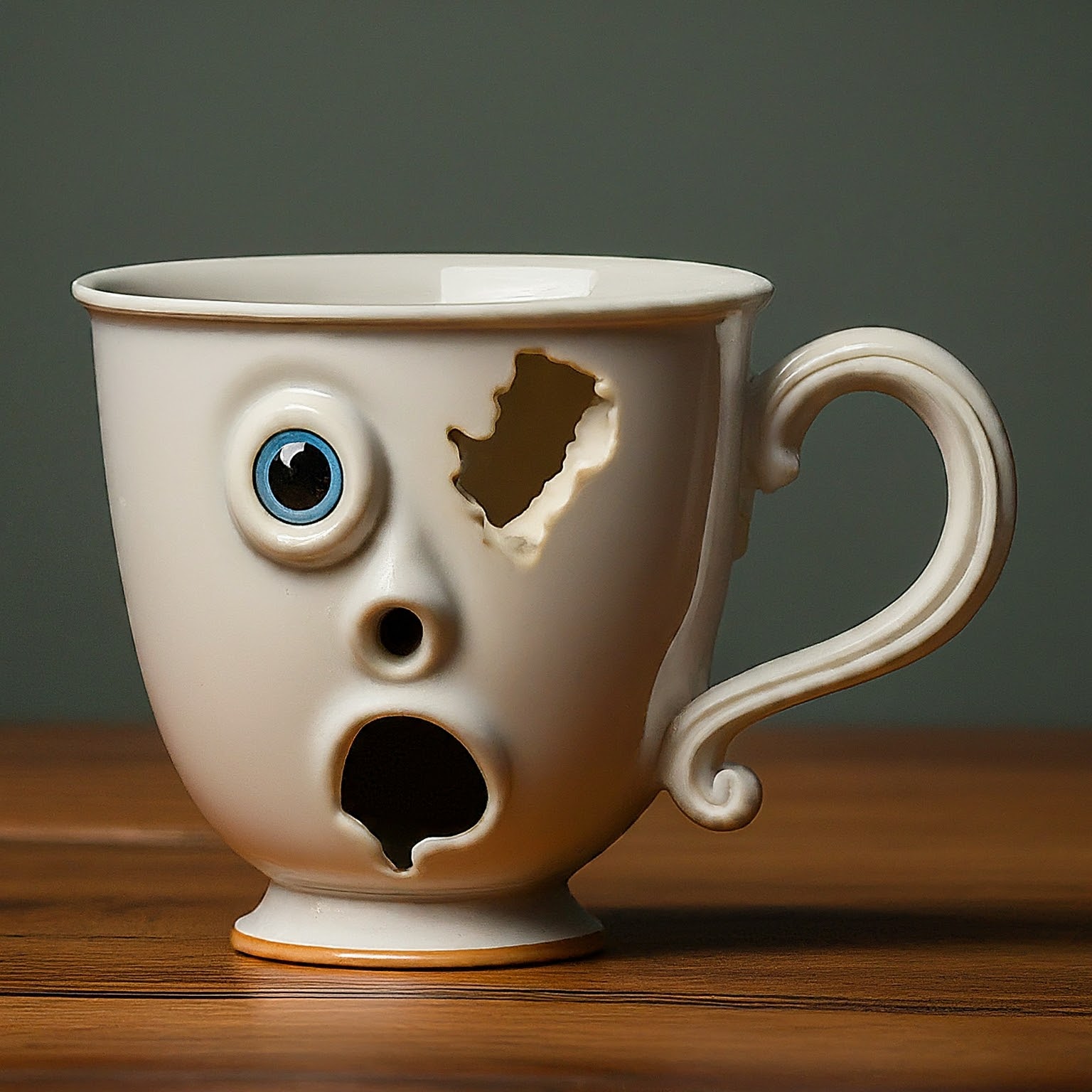
Evolution at Play: The Survival Advantage of Face Detection
The ability to detect faces quickly and accurately may have offered a significant survival advantage for our ancestors. Imagine a prehistoric human foraging for food. A flash of movement in the bushes – is it a friendly deer or a dangerous predator? The ability to rapidly distinguish faces from other stimuli could have meant the difference between life and death.
Over time, this ability became ingrained in our neural circuitry. Today, even though our immediate survival needs might not depend on split-second face recognition, the underlying neural mechanisms persist. This is why we readily see faces in everyday objects – a testament to the enduring influence of our evolutionary past.
Beyond Faces: Pareidolia’s Hidden Talents
While seeing faces is the most common form of pareidolia, our brains can find meaning in all sorts of random stimuli. We might see a silhouette of a dog in a pile of laundry, or a heart shape in the arrangement of leaves on a tree. This ability to find patterns and create meaning can be a source of creativity and wonder.
Artists have long used pareidolia as a source of inspiration. The famous Rorschach inkblot test, a psychological tool used to assess personality, relies on our tendency to perceive shapes and images in ambiguous stimuli [3]. Similarly, cloud spotting, a popular pastime where people identify shapes and figures in cloud formations, is another example of pareidolia at play.
Fun with Pareidolia: Games and Activities
Pareidolia isn’t just a quirky brain phenomenon; it can be a source of entertainment and creative exploration. Here are some fun activities to embrace your inner face finder:
- Play cloud spotting: Challenge yourself and your friends to find different shapes and objects in cloud formations. Who can find the most creative image?
- Host a “Pareidolia Art Show”: Take pictures of everyday objects that resemble faces or other figures and create a gallery. Encourage others to share their finds and see the world through a lens of playful imagination.
- Write a “Pareidolia Poem”: Use everyday objects as inspiration to create a poem filled with imaginative imagery. Let your pareidolia guide you and see where your creativity takes you.
These are just a few ideas to get you started. The possibilities for pareidolia-inspired fun are endless!
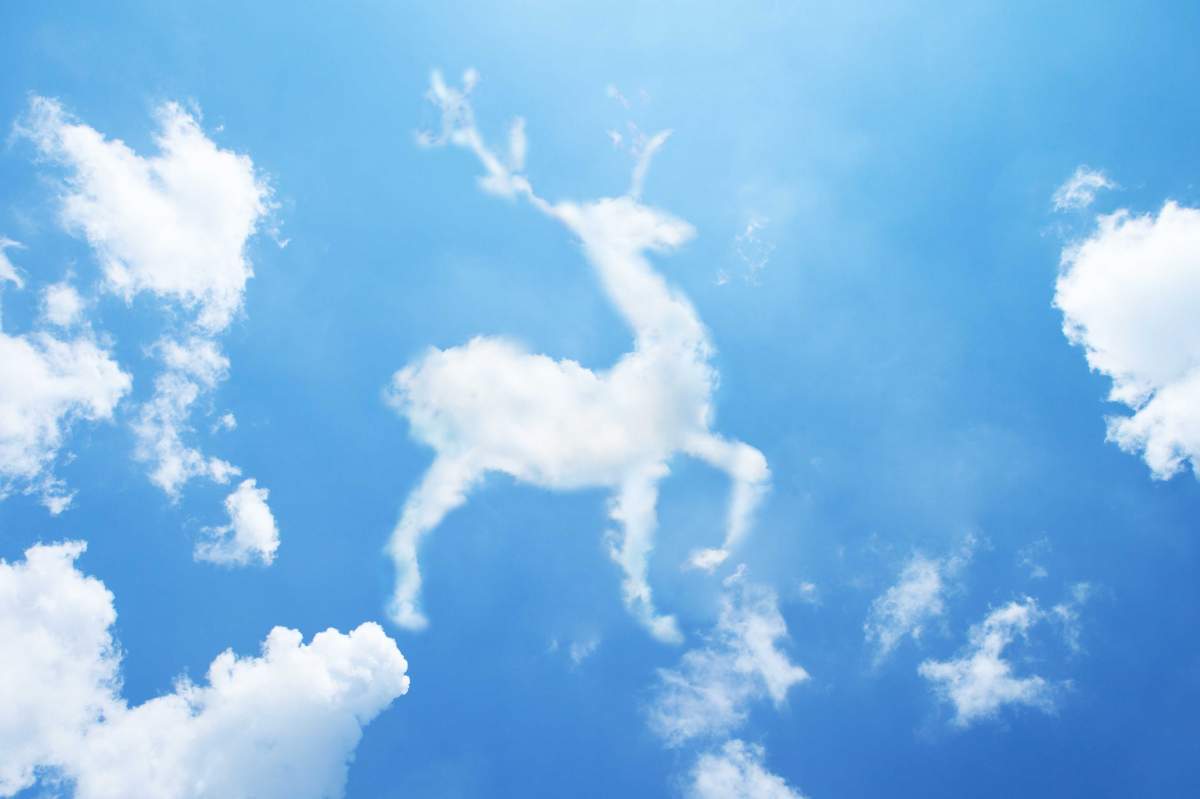
The Flip Side: When Pareidolia Misleads
While pareidolia can be a delightful quirk and a source of amusement, it’s important to remember that it can sometimes mislead us. Misinterpretations of random stimuli can lead to false alarms or even perpetuate superstitions and paranormal beliefs.
For instance, people have mistaken natural phenomena like unusual cloud formations or strange lights in the sky for UFO sightings. Similarly, pareidolia can play a role in misinterpretations of medical scans or blurry photographs, leading to false conclusions or unnecessary anxiety.
It’s crucial to approach pareidolia with a healthy dose of skepticism. Here are some tips to avoid being misled by your own brain’s pattern-seeking tendencies:
- Seek context: Consider the surrounding environment and the likelihood of the perceived image being real. A face on a slice of toast is more likely to be a random scorch mark than a divine message.
- Gather evidence: If something seems unusual, try to capture a photo or video to share with others for a more objective perspective.
- Do your research: If you’re unsure about a strange sight, consult scientific explanations or consult reliable sources before jumping to conclusions.
By remaining critical and aware of pareidolia’s potential for misinterpretation, we can ensure this fascinating phenomenon remains a source of wonder and amusement, not confusion or fear.
Conclusion: Embracing the Magic of Pareidolia
Pareidolia is a testament to the amazing adaptability and pattern-seeking nature of our brains. It’s a reminder that the world around us is full of potential for wonder and creativity. The next time you see a face in your toast, a dog in the clouds, or a heart shape in a random arrangement of objects, take a moment to appreciate the marvel of your brain at work.
Embrace the magic of pareidolia. Let it spark your imagination, fuel your creativity, and remind you of the endless possibilities for finding meaning and wonder in the everyday world.






